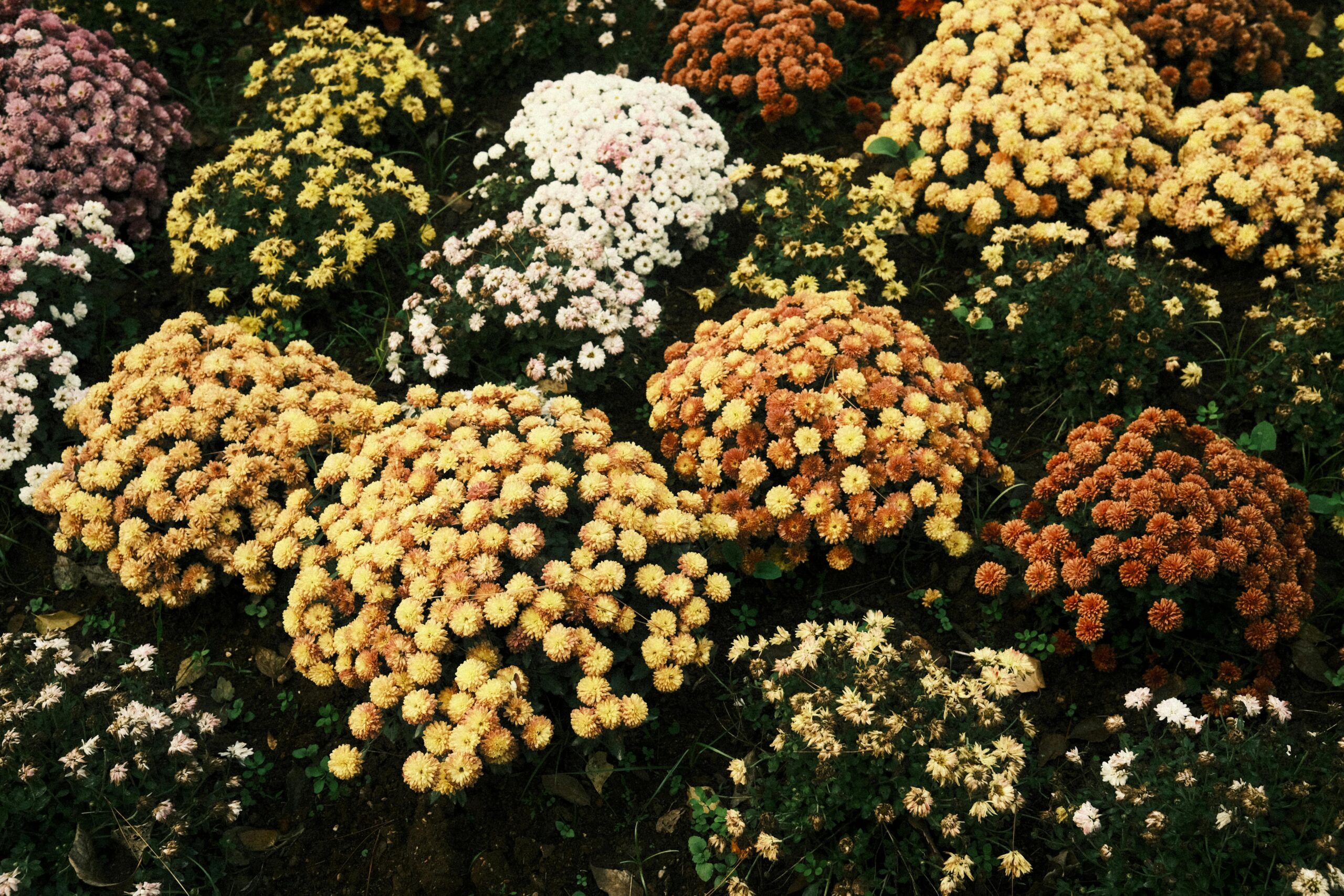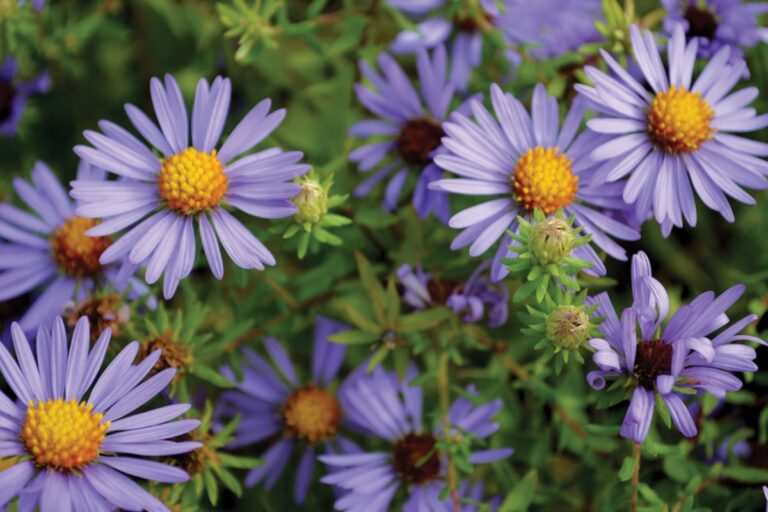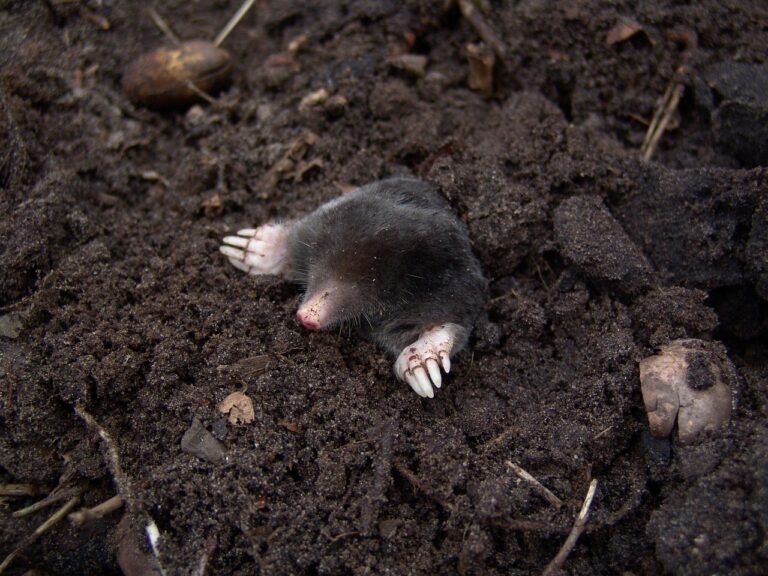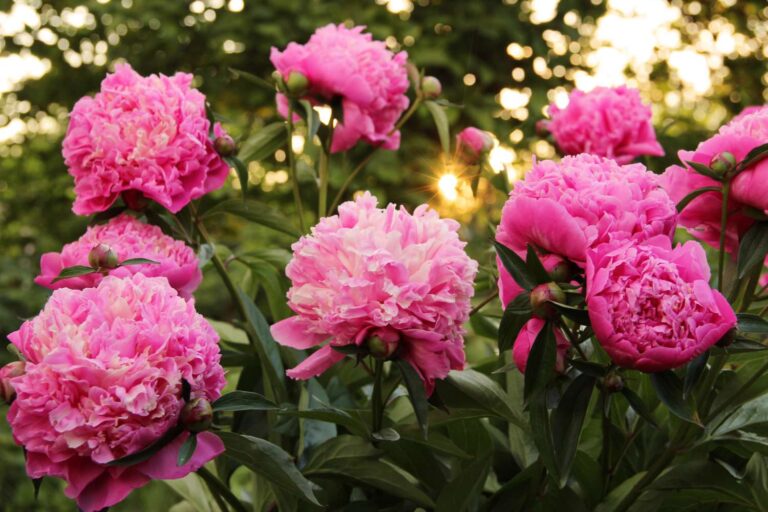Are Chrysanthemums Toxic to Cats? Complete Safety Guide for Fall
The chrysanthemums, generally referred to as mums or chrysanths, give our fall scenery beautiful colors of gold, rust and burgundy. The blooming of these favorite fall flowers can be seen everywhere: at the entrance to the grocery stores and in the front porch of the neighbours, producing the traditional fall decoration, so closely linked to sweater weather and pumpkin spice. But there lurks a secret ambush to our feline friends under their ornamental attractiveness that no cat lover can afford to be ignorant of before introducing them to their furry families.
The first truth of the matter is that chrysanthemums are dangerous to cats as they carry natural substances with the ability to cause mild to severe intoxication.
It is important to learn and know the exact dangers, signs of early warning and extended prevention measures that the owners of the cat would need to know in high mumming season. These tips are based on the recommendations of veterinarians so that your cat can be safe during the autumn parties.

The Reason as to why Chrysanthemums are Toxic to Cats
Chrysanthemums are known to have three major toxic substances that form the harmful effect on the physiology of cats. The most commonly known out of these compounds are the pyrethrins which are natural insecticides in the plant. Although such chemicals can be useful in pest repelling, they can cause a devastating impact on the nervous system of a cat in rather limited amounts. The same features of mums make them attractive to gardens and at the same time dangerous to pets of households.
Sesquiterpane lactones are another category of toxic substances that occur in chrysanthemums. These are bitter substances that help the plant to have natural defense mechanisms, but will severely affect the skin of the cat and cause severe pains to the digestive system in cases where the cat is exposed to them. The volatile essential oils which are responsible of the pleasant smell of mums are also irritants which induce drooling, vomiting and mouth discomfort when cats explore such plants using their sensitive mouths and noses.
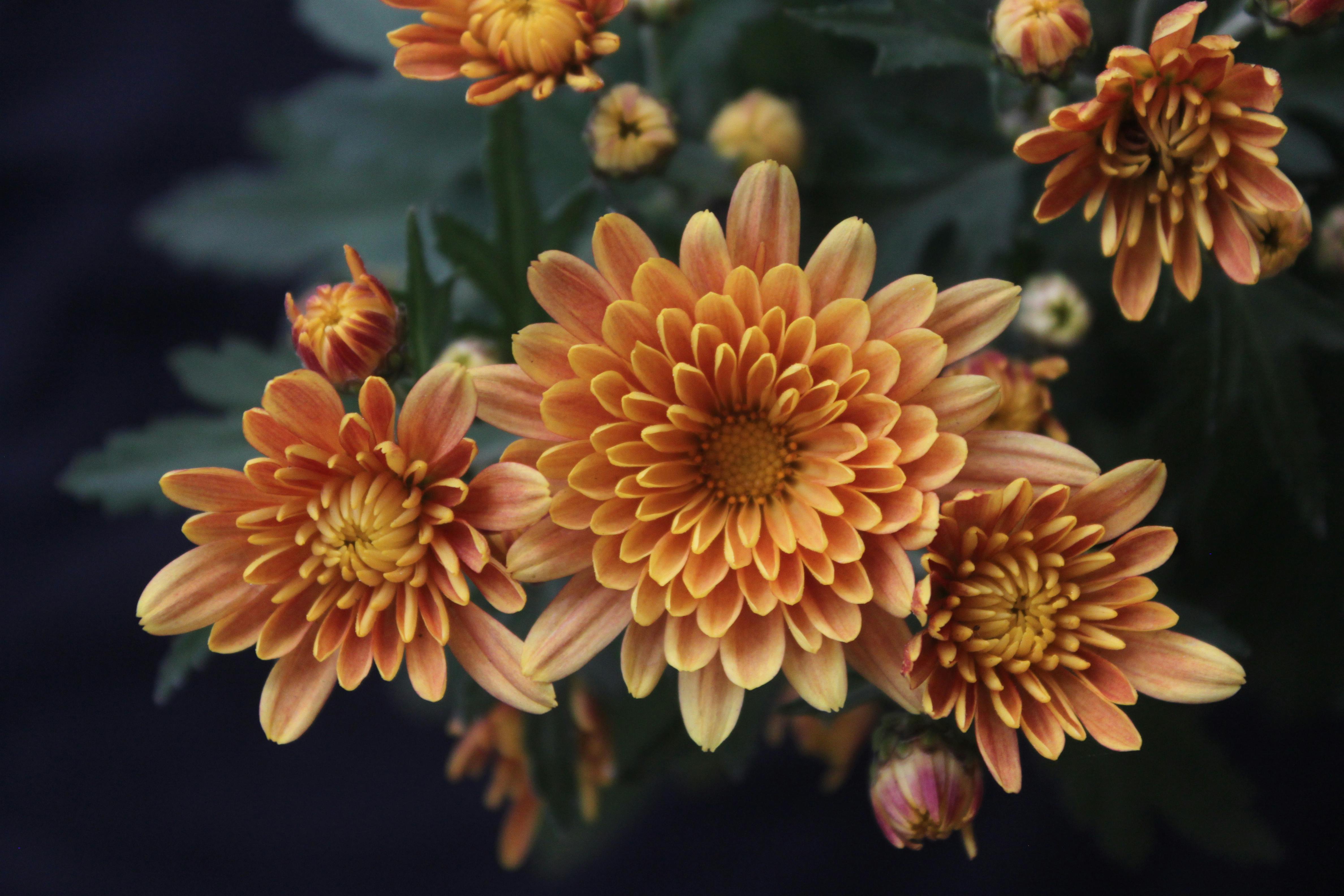
These toxins are found in varying concentrations in various sections of the plant with flowers and leaves having the highest concentration. Such properties are poisonous in all types of chrysanthemums, whether by color, size or mode of growth. Small potted mums or large garden types, they all present the same type of danger to the curious cats that may taste their foliage or flowers.
Beauty in Poisoning Symptoms Familiarity with Chrysanthemum Poisoning Symptoms
The symptoms of chrysanthemum poisoning are different, namely, they usually appear in two hours after exposure, but the sensitivity of a person and the dosage taken may influence the period. The first symptoms are usually subtle and close attention is very important to cat owners who suspect that their pet might have come in contact with such plants. The early detection and treatment can greatly enhance the outcomes and help to avoid more tragic consequences.
The most frequent manifestation of chrysanthemum intoxication is gastrointestinal distress. Cats are known to start with too much drooling, which is then repeated with vomiting which can include plant material. The vomiting may progress to chronic vomiting, and cause dehydration when not treated. These symptoms are often accompanied by diarrhea, and it may lead to electrolyte imbalances and fluid loss, which may need medical help.

Neurological symptoms suggest more developed poisoning and need emergency treatment. There can be cats that are strongly lethargic, who are unusually sleepy or even depressed compared to their usual sleeping habits. Lack of coordination is evident as wobbly walking, inability to jump onto well-known objects or seem to be disoriented. In serious instances, muscle tremors or seizures can occur, which are indicative of serious levels of toxicity that require immediate veterinary attention.
Another set of symptoms that cat owners should watch in case of skin contact toxicity is formed.
Chrysanthemum plants are known to induce dermatitis and are also known to cause irritation of the skin, redness and swelling of skin. Cats might also over-groom or scratch areas which may increase the irritation. The skin reaction is usually observed at the points of contact, face, paws, or belly since there is minimal fur coverage.
Emergency Response Plan to Suspected Exposure
When you think your cat has been poisoned with chrysanthemums, time is of the essence and you must take action as soon as possible to save your cat. The initial measure would be to take your cat off the exposure source and ensure that they do not come into contact with the plant anymore. In the event that chrysanthemum remains in the mouth of your cat, then be able to extract all the apparent plant-life without exposing yourself to the danger of being bitten.
Call your veterinarian at once, even before the symptoms have set in. Give special information on the exposure which includes the amount that was ingested approximately, when it was ingested and what part of the plant was ingested. Your vet will examine the circumstances and decide whether it will be wiser to examine the patient immediately or to monitor him or her at home with the help of a professional.

In case health care is not at hand, call animal poison control services to provide professional advice. The ASPC Animal Poison Control Center maintains a 24-hour hotline that is managed by veterinary toxicologists who may be able to make specific treatment recommendations to give depending on the weight of your cat, the amount ingested and the current symptoms. Retain the plant sample to aid in the identification since various chrysanthemum varieties might need varied treatment strategy.
Do not try to make your cat vomit, though, it is not a skill that should be practiced without a professional guide since doing it improperly may lead to aspiration pneumonia or aggravate your cat. On the same note, do not administer any drugs or home remedies without being specifically instructed by the veterinary professionals who have a clue of feline toxicology.
Veterinary Medical and Rehabilitation
Treatment of chrysanthemum poisoning in professionals is based on supportive treatment and not on the administration of antidotes because there is no specific antidote to these plant toxins. The mode of treatment varies based on the level of symptoms, the level of exposure, and the general state of the health of your cat. In most of the cases, proper medical intervention and close monitoring are successful in resolving the cases.
The first veterinary examination is usually physical examination, blood work analysis and may include urinalysis to determine organ function and electrolyte balance. To monitor the progress of recovery and detect any complications that will have to be addressed further, your veterinarian will set baseline measurements. The intravenous fluid treatment normally starts as soon as possible to treat vomiting and diarrhea induced dehydration and to maintain the kidneys functioning as toxins are eliminated.
Gastrointestinal support is one of the foundation blocks of treatment and drugs are given to counter vomiting, cushion the stomach lining and to normalize the digestive process. Anti-nausea drugs assist your cat to keep food and water and gastroprotectants drugs lessen injuries of plant substances. In case of persistent diarrheal, some more medications could be required to normalize the bowel activity.
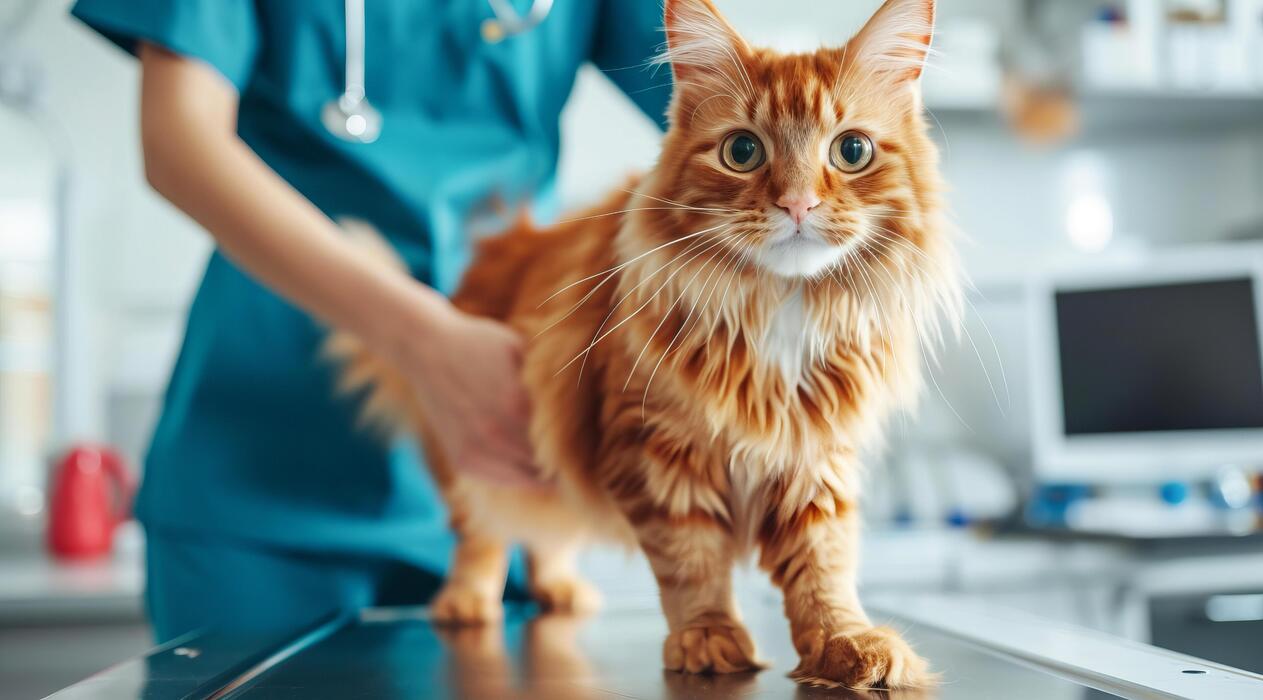
The neurological symptoms need special treatment regimen that can involve the use of anti-seizure drugs, muscle relaxants or sedatives to address the tremors or convulsion. Intensive monitoring of your cat may be necessary in a veterinary hospital environment till neurological signs appear to be fully resolved. Mild cases are normally recovered in a span between 24 to 72 hours yet the serious cases may take long periods of hospitalization.
Cat Owner Fall Prevention
Avoiding chrysanthemum poisoning is much easier than treating the illness, and that is why cat owners should exercise active precautions at least in the fall. The best approach is to completely remove these plants in the environment of your cat either indoors or outdoors. It is important that you switch to alternatives that are health friendly when you have been in the habit of displaying seasonal mums and yet, they have the same aesthetic value.
In any cat owner who has established the chrysanthemum gardens, physical obstacles can be used to allow their cats no access to outdoor chrysanthemums. Curious cats can be prevented in poisonous plants by chicken wires, artistic fences or even by placement in an elevated container. The indoor setups must be implemented in rooms where cats have no access and it is important to keep in mind that cats are good climbers and jumpers and would access seemingly safe places.
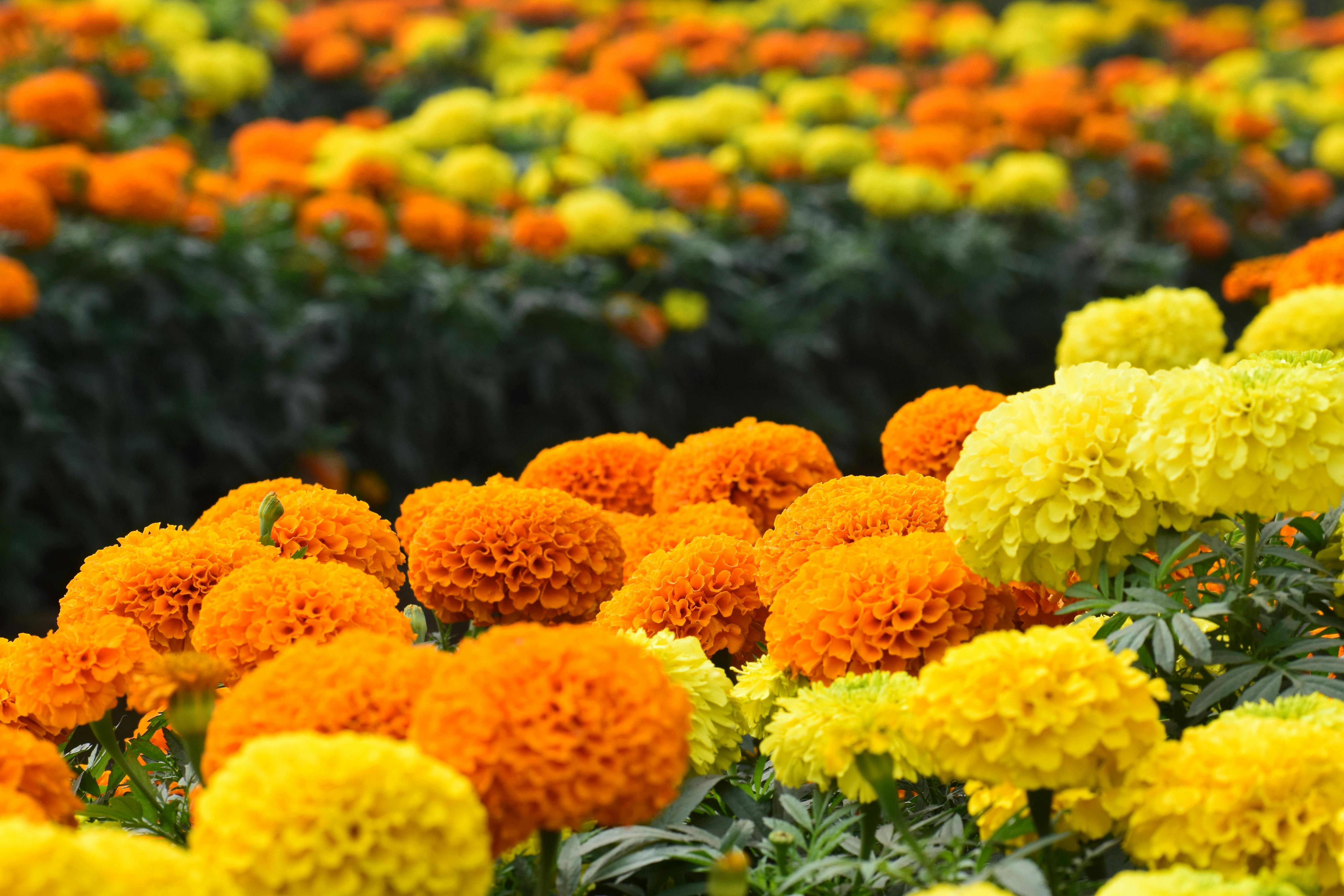
Training strategies should contribute to discouraging the plant-chewing behaviour, but the behavioral change cannot be prosecuted by only using the training techniques. Water spray bottles offer mild negative reinforcement to cats trying to get to taboo plants, and safe options such as cat grass will give your cat a good option to use in chewing. The trick is in ensuring that the toxic plants become unattractive and the alternatives which are appealing be made attractive to satisfy the natural behaviors of feline.
Bring out a cat enriching environment that is non-toxic and is enjoyable to the sense without causing harm. Such herbs as catnip, catmint and wheatgrass are safe to explore and to leave your outdoor area appealing. These can keep your cat occupied with these plants leaving her to have no attraction to the potentially harmful specimen and provide a mental stimulus and access to fresh air.
Unsafe Alternatives to Chrysanthemums in the Safer Season
You do not have to sacrifice the safety of your cat in order to keep beautiful displays in the fall because there are many pet safe plants that are equally attractive in the fall. Ornamental grasses, such as blue fescue or feather reed grass, are textural, offering warm seasonal color, but non-toxic. The plants are robust and can survive the fall season where they can bring movement and architectural flavor to garden beds and containers.
Asters are botanically similar to chrysanthemums, but have less toxin in them and several types are harmless to cats when eaten in moderate quantities. Nonetheless, some cats are more sensitive than others and it is a good idea to keep a close eye over your cat when presenting any new vegetation to him or her. Sunflowers are joyful props of fall flowers as flower heads and seeds of bright yellow are adorable and safe to cats.
Another good alternative is marigolds which also have similar warm color palettes to mums but they have natural pest-deterrent properties without threatening cats. These are annual plants that are easy to grow, and they are able to be used in addition to other seasonal plants in containers or bed-grown plants. Pansies and violas are also included and they contribute the happy faces and give a taste of flowers which can be safely tried by the cats.

When making indoor arrangements, cut flowers such as roses, freesia, or orchids should be considered and all of them are harmless to cats, but provide beautiful autumn color combinations. These alternatives will enable you to uphold the seasonal traditions of decorating and at the same time lay more emphasis on the safety and wellbeing of your cat.
Long-term Health Reflections and Follow-ups
Although majority of the cats fully recover after chrysanthemum poisoning with no long term effects, there are some factors that may impact long-term health consequences. Cats already having renal or liver issues in their condition may undergo a slower recovery or they may have to undergo a longer period of observation in order to ascertain full toxin removal. Older cats or cats that have compromised immune systems may require more supportive treatment in the recovery process.
Repeat exposure has the cumulative effects of sensitizing your cat to plant toxins with time. Cats subjected to chrysanthemum poisoning can develop hypersensitivity to further exposures, and could thus have more severe reactions to less exposure. This is even more relevant to the prevention of cats with previous cases of poisoning since they are more sensitive to it.
Periodic veterinary check-ups after recovery assists in ensuring full recovery and that any after-effect of the poisoning incidence is detected. Either your veterinarian might suggest occasionally having your blood work done to check on the functioning of your organs, especially when your cat had gone through a severe period or when he/she underwent treatment that was very extensive. Recording of the incident of the poisoning is useful in providing future veterinary care and emergency preparedness.

The concept of a pet-safe home environment does not only focus on the selection of the individual plants but consider an overall hazard analysis and risk management. Knowing your cat as per its behavior patterns, its curiosity and vulnerability will guide in making decisions on the kind of plants and decorations to place in your house. Other cats are not very interested in plants and some of them put everything in their mouths which makes them more dangerous.
Autumn should be a time of happiness and bringing in of a new season, not fear of possible plant poisoning.
Through research and knowledge about the dangers of chrysanthemums, early signs of toxicity, and overall measures to prevent it, cat owners can easily manage to decorate during the fall, ensuring their felines remain safe. It is important to remember that the best defense is always prevention and that by making cat-safe choices, you can still enjoy the beauty of the winter without putting the health and happiness of your pets in jeopardy.

